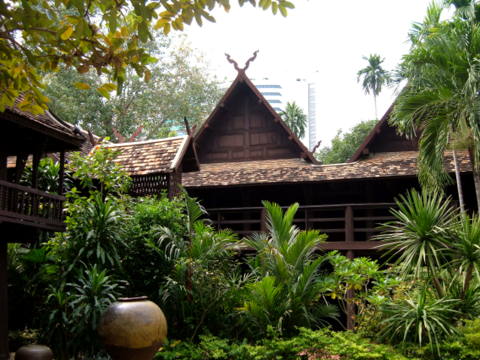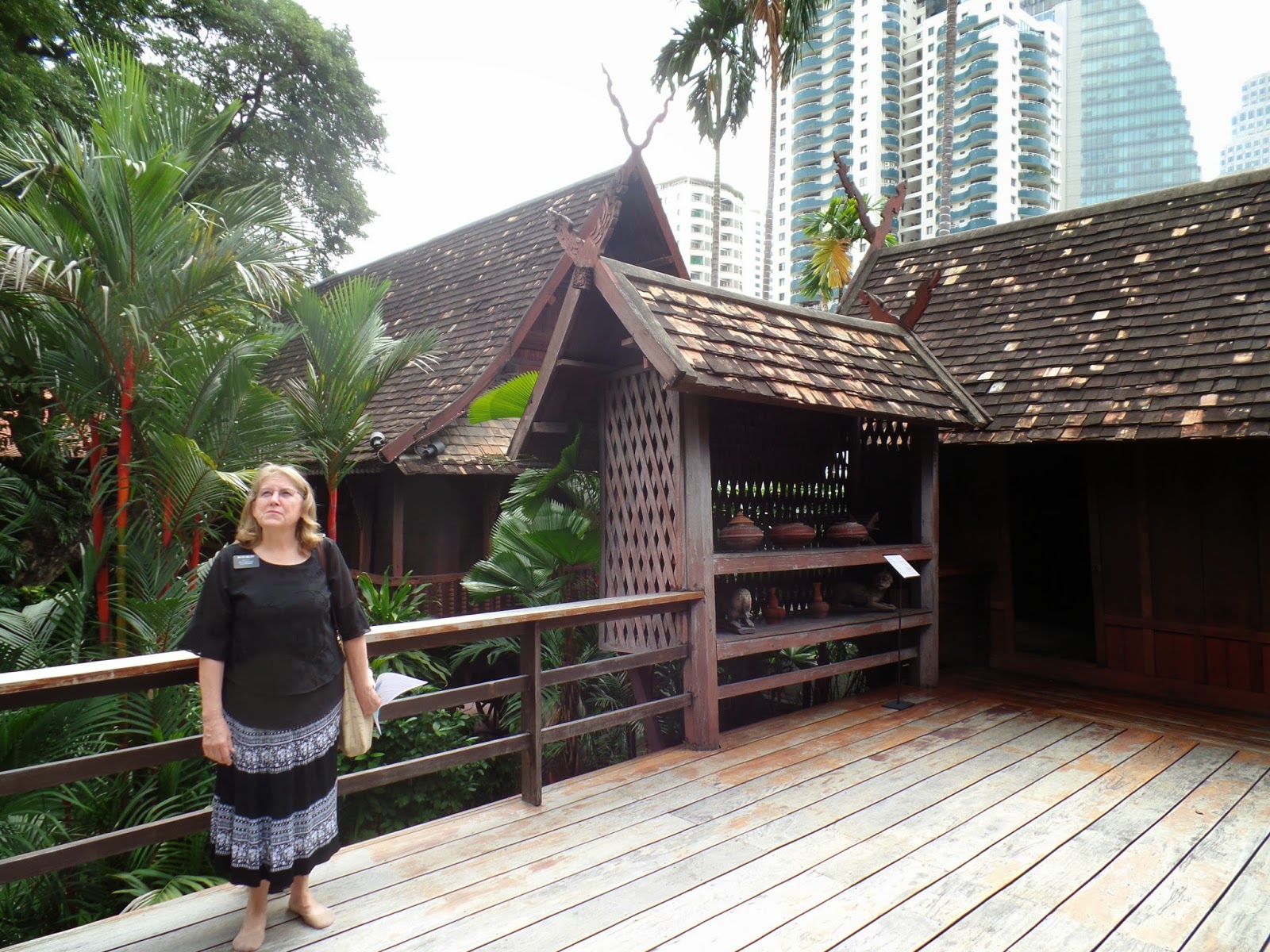Buses were rented to take members of each district to the conference. Affordable rooms were rented at police and military establishments to house church members from Saturday evening to Sunday morning
The Saturday session of Conference was held in a large assembly hall in the Ampur Muang Government building. Internet was not available in the conference hall. We provided Family History training via Power point presentation. The Saturday session was presented differently than any other previous district conference session in that booths were prepared that displayed different gospel topics. The object was that a group of members would move from booth to booth to receive the gospel message prepared for a particular booth. Family History shared its booth with one on the Endowment. Lunch and dinner were provided by church members.
A Cultural Program followed the Saturday Session of Conference.
NOTE: We talked with Elder and Sister Singley, and they support establishing a FH Center in Vientiane, Laos.
Saturday 18 October 2014 Session of Tri-District Conference
 |
| Our Family History Booth Backdrop designed by Wisan Manager of Service Center and make by non-member in Khon Kaen. |
 |
| Our Family History Booth |
 |
| Sister Wan Doing A Family History Presentation |
 |
| Endowment Booth |
 |
| Priesthood Booth |
 |
| Self Reliance and PEF Booth. Elder Sepi Speaking. |
 |
| Thailand 5000 Booth. Goal is for 5000 to Attend Sacrament Meeting |
 |
| President Senior Doing the Thailand 5000 Presentation. Thailand 5000 is a goal to have 5000 members attend church on 21 December 2014, group pictures will be taken after church that day. |
 |
| There was a cultural event held Saturday evening. these next pictures are of the dancers from various communities in the Districts. |
 |
| Thai Dancers. Sister Moleff had her picture taken with these dancers and the finger decorations. |
 |
| Notice the One in the Middle out of Uniform |
 |
| Sister Moleff and Sepi at a park in Khon Kaen |
Sunday 19 October 2014 Session of Tri-District Conference
The Sunday session of conference was held at the Charoenthani Khonkaen Hotel where Elder
and Sister Moleff stayed during district conference. The president authority was Elder Gong
Asia Area President with Elder Khanakham (Area Seventy), and President Senior
(Mission President) being present.
The conference consolidated the Khon Kaen, Udon, and Ubon districts into the Udon, and
Ubon districts with the Khon Kaen district being eliminated. The paperwork to create the
Ubon Stake will be submitted by the end of 2014; and the Udon stake in June 2015.
New district presidencies and a reorganized mission presidency were sustained.
Photographs are as follows:
 |
| Elder Khanakham Conducting. Elder Khanakham is the first Area Seventy from Thailand. He was sustained in April 2014 General Conference |
 |
| Elder Gong Presiding. Asia Area President. President Wongsagong his interpreter also President of the Udon Disrtict. |
 |
| Old Udon, Khon Kaen, and Ubon Districts |



































